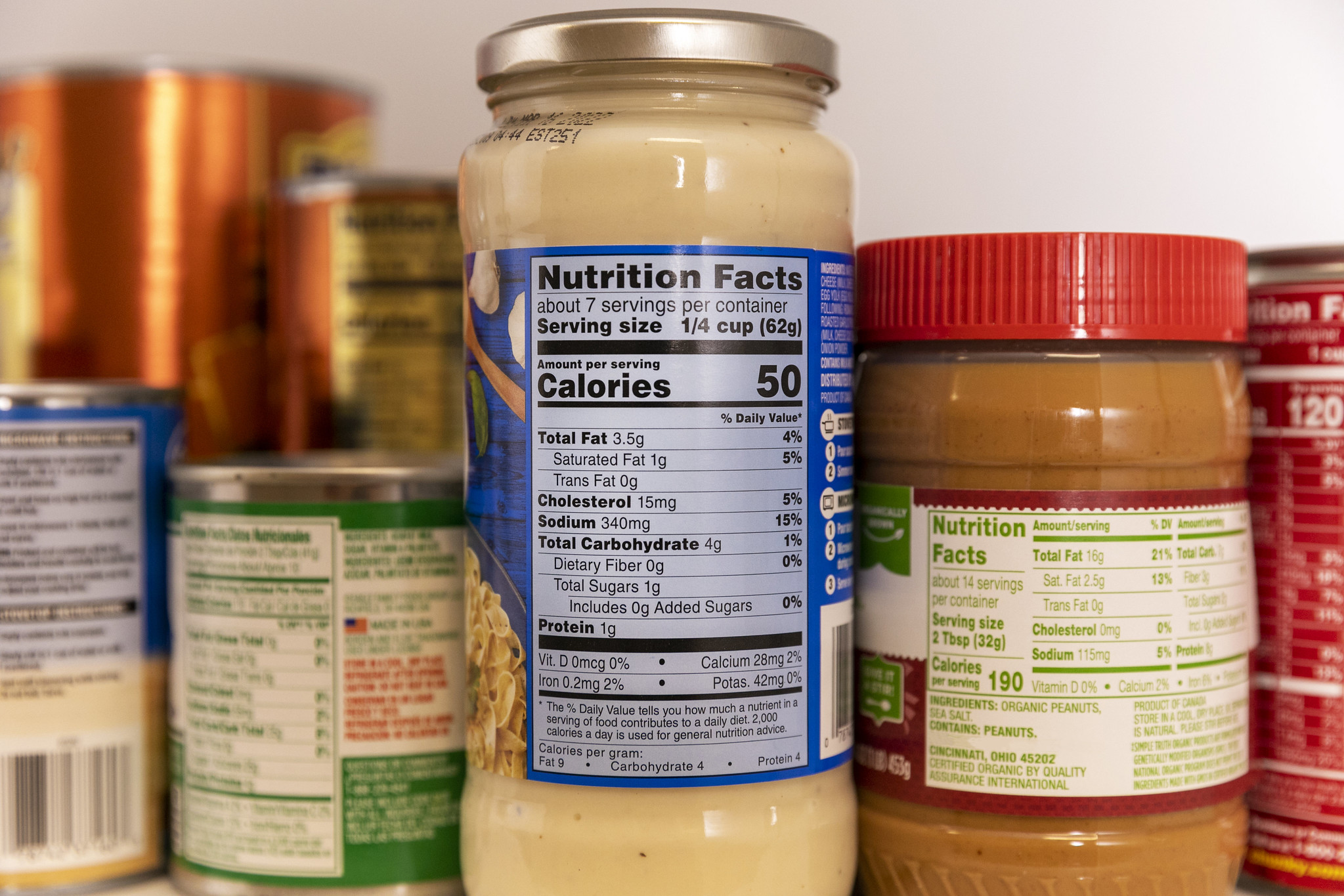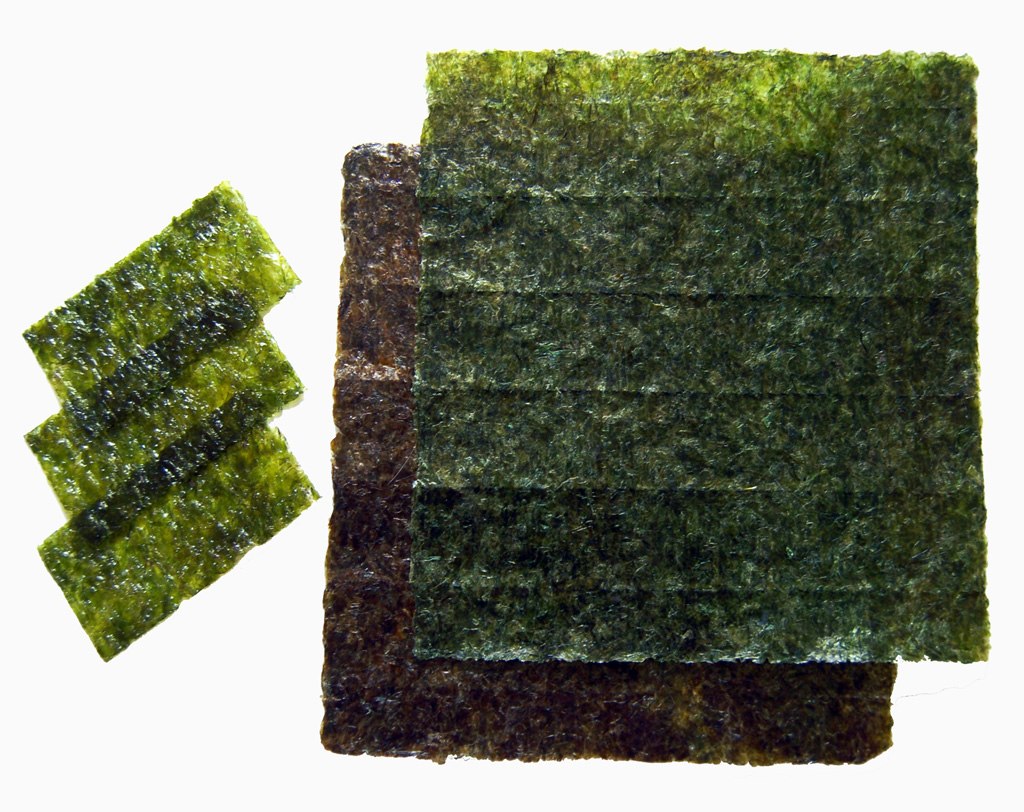Food is an essential part of our daily lives. Whether we mindfully enjoy every bite consciously or simply consume our food absentmindedly, this basic activity ensures our body has the energy it needs to function properly.
Today we seldom think beyond food’s flavor, nutritional content, or caloric value; yet in ancient cultures food was often regarded as sacred. The very fact that Catholicism believes that the bread of communion is transformed into the Body of Christ, hints at a deeper significance of food that surpasses the prevalent conception of food as mere matter and a source of energy.
Recent discoveries have unveiled remarkable ways in which food affects and modifies our bodies. Not only can food change our DNA, it can also extend our genetic capabilities. This suggests that we humans are not genetically isolated from the environment, but are gracefully interconnected with the biosphere and all of existence.
The reductionist notion of food
Our misconception of food is largely based on a mechanistic understanding of our body. When the human body is viewed as a machine composed of bones and muscles that can be “fixed” when broken or “tuned up” at a doctor’s appointment, our food inevitably acquires the role of “fuel” to keep the mechanism running.
On one hand, food is thought of as matter. When food is described in terms of the presence or absence of essential nutrients such as vitamins, fats, carbohydrates, minerals and proteins; food becomes an element that can be broken down into its constituents.

Success
You are now signed up for our newsletter
Success
Check your email to complete sign up
Although the notion of food as matter and energy is further reinforced by nutrition labels, food has actually been discovered to be a biological carrier of information that influences the way our bodies function.
Food components “talk” to our cells
Our food carries and delivers information to our organism through exosomes, its morphology and some of its basic components.
Exosomes are virus-sized microvesicles that are produced by animal, plant and fungal cells; and carry non-coding RNAs—that is, molecules that regulate the expression of our genes. Since these structures survive ingestion, the information contained in them can alter our gene expression.
A 2012 study showed that exosomal RNA molecules contained in rice grains altered the LDL receptors in the liver of Chinese individuals, suggesting that information exchange is not limited to biological kingdoms. Thus, is it probable that our gene expression is being constantly regulated by molecules from the fungi, plants or animals we eat, in a process known as “Cross-kingdom regulation by microRNA.”

Exosomes can not only carry information from other organisms to the human body, but can also assist in the exchange of information between plants and animals. A 2014 study showed that when mice consumed foods such as grapefruit and oranges, the cells of their guts underwent changes. It was thus understood that, “upon contact, exosomes transfer molecules that can render new properties and/or reprogram their recipient cells.”
Moreover, the morphology of our food carries important information depending on how it is prepared and how it is grown. Explained at the molecular level, proteins exhibit a folding pattern that can hold and laterally transfer information to adjacent proteins related to its structure and function. Thus, the structure of our food conveys biologically relevant information to other molecules.

In addition, several food components have been found to silence or inhibit gene expression. For instance, Methyl groups present in foods such as leafy greens, citrus fruits and strawberries have been shown to repress gene transcription in a process called DNA methylation, an essential process for normal development that silences a gene’s physical expression. Other food components like B12, folate and Betaine have proved effective at switching off gene expression with high specificity.
Food and DNA – extending our genetic capabilities
The trillions of fungi, viruses and bacteria that make up our microbiome are extremely diverse, coming not only from our diet, but also through exposure to different environments. Each of these minute living beings contains unique genetic information that may not be present in the human genome.
Major alterations to our bodies take place when the genetic information of new microbes is transferred laterally into our body’s microbiome. In what seems like a jumping motion, the new data is incorporated into our DNA, providing us with extra-chromosomal capabilities.
A telling case was recorded in a 2010 study in which Japanese individuals were found to have marine bacteria enzymes in their guts as a result of consuming seaweed. This enzyme, specific to marine species, enabled the subjects to process sulfated polysaccharides that would not be digestible otherwise.

Food is a life bridge
Food provides our bodies with much more than just nutrients and energy. With each bite we enter in direct contact the countless beings that inhabit the ecosystem. The biological information we receive through food and its influence on our body’s gene expression, points to the significant role of food as a link between our bodies and the Earth.
This new understanding of food as a life bridge can explain why our ancestors made sure they were in the right state of mind when harvesting, cooking and consuming food. Handling food was a sacred ritual that honored our place in nature and our bond to Creation.
Returning to tradition to repair the life bridge
Given how closely linked we are with our sustenance, it is difficult to reason that the modern proliferation of Genetically Modified Foods will not have lasting effects on us. Farming practices that focus on the volume and durability of crops while negating natural tendencies not only heightens the material conception of food but also limit our ability to receive information from the ecosystem.

Opting for foods that have not been altered through GMO technologies, pesticides or industrial processes may help us restore the natural state of our bodies while gaining insight into our ancestors’ deep understanding of our connection to life and the universe.















